The Ultimate Guide to Wedding Invitation Printing Techniques: From Letterpress to Digital
I know wedding planning can be overwhelming, but one of the most fun aspects is creating and designing your perfect invite! Choosing how you’ll print your wedding invitaitons sets the tone for your wedding day, leaving a lasting impression on everyone invited.
Whether it’s traditional letterpress, modern digital printing, or something else entirely – there are so many options to choose from! In this guide to wedding invitation printing techniques, I'll help guide you through everything from typography selection to foil-stamping to choosing paper with the best texture finish for your design - so you can have truly beautiful invitations that represent who you are as an engaged couple.
The Art of Wedding Invitation Printing
When it comes to sending out wedding invitations, the printing technique plays a significant role in setting the tone for the day. The most popular printing techniques for wedding invitations include digital printing, letterpress printing, and foil stamping. Digital printing, which is the most commonly used method, is perfect for designs that require intricate details and vibrant colors. In contrast, letterpress printing exudes a timeless and classic feel, perfect for couples who want to create a vintage-inspired wedding invitation. Lastly, foil stamping adds a touch of elegance and luxury to your invitations with its metallic finish. Each technique has its own unique look and feel, so it's crucial to choose the one that fits your wedding theme best.
Elevate Your Wedding Invitations with the Timeless Art of Letterpress Printing
Letterpress printing is a form of printing that has been around for centuries, and it still holds a special place in the world of wedding invitations. This method creates an elegantly pressed design and text onto thick, textured paper, resulting in a truly unique and awe-inspiring invitation. When using letterpress printing for your wedding invitations, you can choose from a wide variety of paper colors and finishes, as well as ink colors to match your wedding theme.
Most papers used for letterpress printing are absorbent, thick, and have a luxurious feel, allowing the letters to leave a noticeable impression. Cotton paper, in particular, is a popular choice for its soft texture and durable nature. It not only yields beautiful, crisp impressions but also adds a high-end touch to your wedding invitations
The process itself involves pressing a plate with ink onto the paper, giving each impression a crisp and distinctive look that cannot be replicated by other printing methods. With letterpress printing, your wedding invitations will stand out and leave a lasting impression on your guests.
Cost: $$$$

The Growing Popularity of Digital Printing for Wedding Invitations: Exploring the Benefits
Digital printing has revolutionized the way we print everything from brochures to wedding invitations. Not only is it an easy and fast process, but it also comes with a low cost compared to traditional printing methods. With digital printing, brides and grooms can have their dream wedding invitations in a timely and affordable manner. It’s no wonder why digital printing has become increasingly popular for wedding invitations in recent years. The convenience and cost-effectiveness of this printing method make it a top choice for couples looking to cut costs without sacrificing quality and design.
Cost: $$
Experiment with the Elegance of White Ink Printing on Wedding Invitations
White ink printing is a modern twist on wedding invitations. Instead of using dark ink on light paper, it uses white ink on darker or black papers. This technique creates a striking contrast between the lettering and the paper, especially with minimalist designs. It's a distinctive and impressive option for couples who want impactful invitations. The versatility of white ink printing allows for both crisp and clean looks with minimalist designs, as well as dramatic and luxurious effects with elaborate designs on darker papers. Combined with high-quality materials, this technique adds sophistication to wedding stationery.
Trust me, your wedding guests will undoubtedly notice the difference. Those invitations from big box stores are white paper flooded with black ink to create the look. Swapping the conventional white paper for high-quality black paper is a decision that will not go unnoticed. Not only does it convey a certain level of sophistication and elegance, but it also communicates thoughtfulness and attention to detail. It's an effortless way to express your style and set the tone right from the get-go. When your guests receive your invitation, they'll immediately recognise that this isn't just a standard invitation. The black paper speaks volumes about your commitment to quality and originality.
Cost: $$$

Add a Touch of Glamour with Foil Stamped Wedding Invitations
Foil stamping is a unique printing process that adds elegance and flair to your wedding invitations. Unlike other printing techniques, foil stamping uses heat to transfer metallic foil onto paper, creating a shiny, eye-catching effect that can truly elevate your invitations. The shimmering finish of foil-stamped design elements is sure to catch the eye of your guests and leaves a memorable impression.
This printing technique is extremely versatile, allowing you to choose from a multitude of foil colors, including gold, silver, champagne, rose gold and more, to perfectly match your wedding theme. Foil stamping can be used to highlight specific design details, like your names or the date of your wedding, or it can be used to create stunning all-over patterns. With foil-stamped wedding invitations, you're not just sending out information; you're providing an unforgettable sneak peek into the glamour and style that your wedding day will hold.
Cost: $$$$

Discover the Art of Embossing for a Timeless Touch
Embossing and Debossing are a wonderful way to add texture to any design or project. Instead of just plain paper or cardstock, using this techniques will elevate an ordinary piece to a more elegant and classic look. Embossing is the process of creating a raised design or pattern on a material, while debossing is the opposite, where a design is carved into the surface.
Both methods create a tactile effect that not only looks beautiful but also adds a unique tactile experience to the item. Using these techniques will make a lasting impression on anyone who sees and feels the finished product.
Cost: $$$$$
In summary, the art of creating wedding invitations has evolved with digital technology and printing innovations. From elegant white ink printing to dramatic black paper, glamorous foil stamping, and timeless embossing and engraving, there are many options to choose from. These methods allow for individual expression and creativity. Your wedding invitations should reflect your style and the beautiful journey ahead. Pay attention to details, and your guests will appreciate the thought put into each invitation.
Ready to bring your dream wedding invitations to life? Don't wait! Start exploring invitation design here --> All Wedding Collections
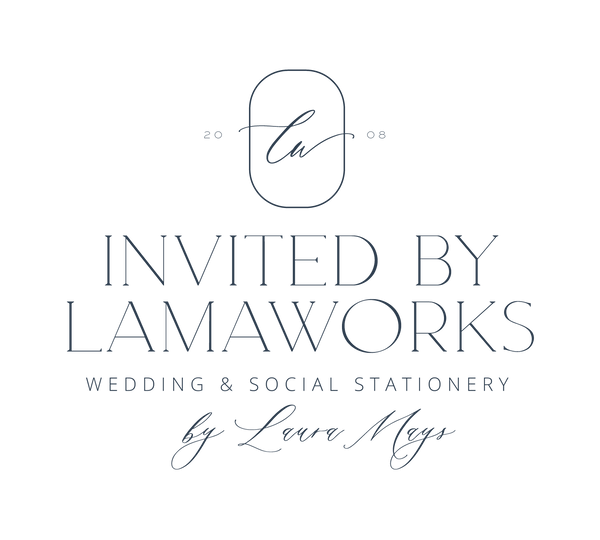
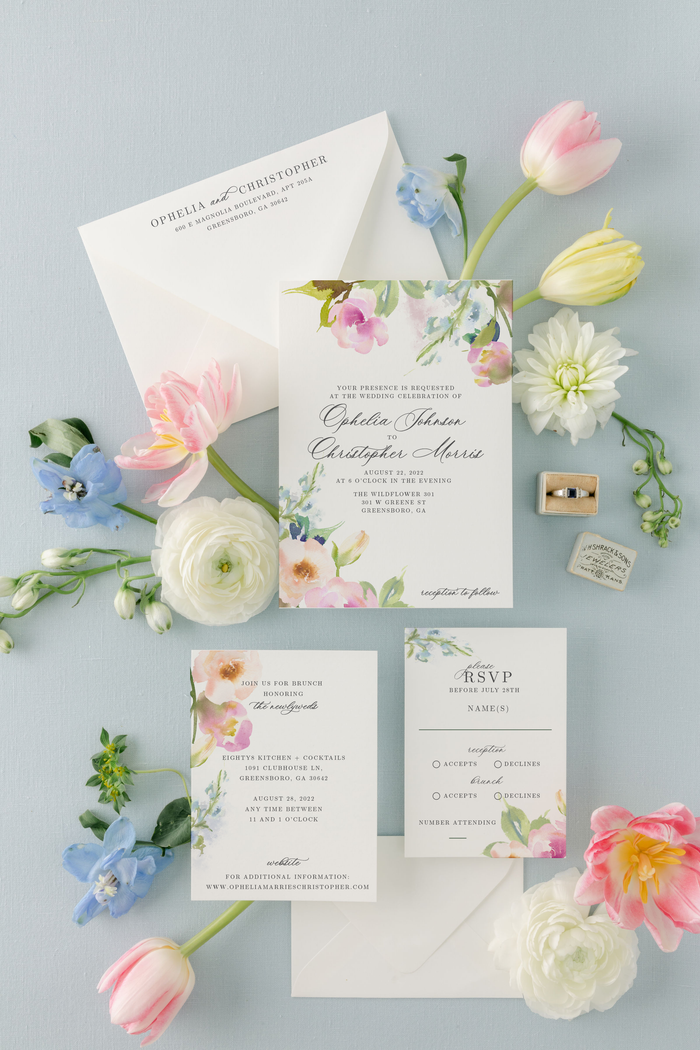
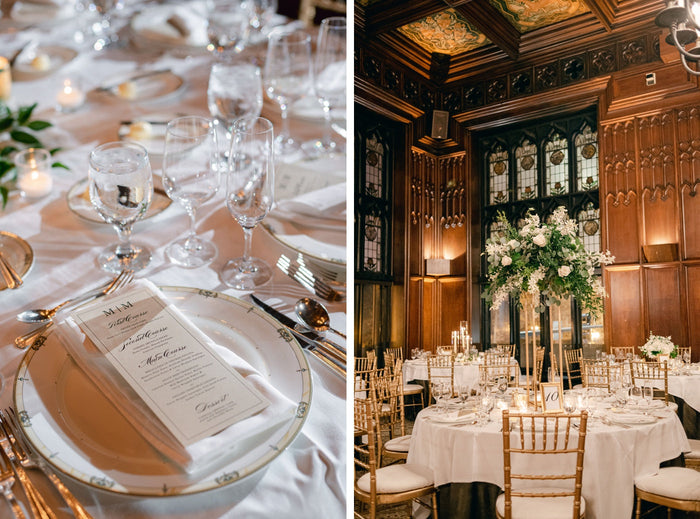
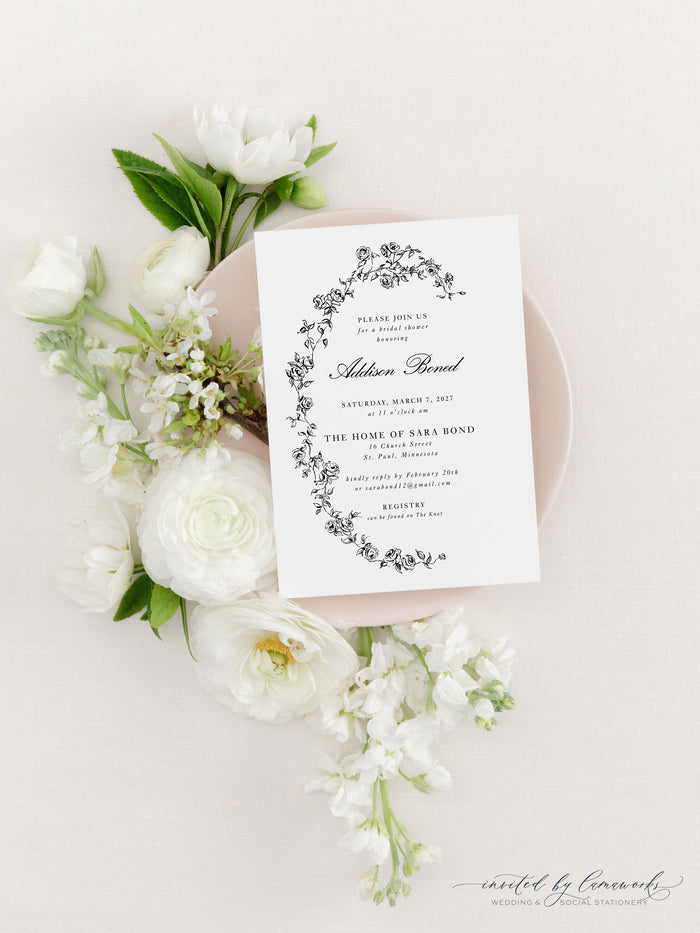
0 comments